Where to Buy Path of Exile
Error: Database connection failed for comparison slider.
Path of Exile Key Specifications
| Specification | Detail |
|---|---|
| Model | Free-to-Play |
| Genre | Action RPG, Hack and Slash |
| Initial Release | 2013-10-23 |
| Developer | Grinding Gear Games |
| Core Loop | 3-Month Seasonal Leagues |
| Perspective | Isometric (Top-Down) |
| Platforms | PC, PlayStation 4, Xbox One, macOS |
| Multiplayer | Online Co-op (up to 6 players) |
| Unique Feature | Unprecedented character customization through a massive passive skill tree and a modular skill gem system, all within a free-to-play model. |
Path of Exile System Requirements
1080p
tune Minimum (Targets 1080p, Low settings, ~30-60 FPS) – Low Preset, 1080p resolution. Framerate can be highly variable.
tune Recommended (Targets 1080p, High settings, ~60 FPS) – High Preset, 1080p resolution, aiming for 60 FPS in typical gameplay, though drops are expected in intense endgame content.
1440p
tune High (Targets 1440p, High settings, ~60 FPS) – High Preset, 1440p resolution, aiming for 60 FPS.
2160p
tune 4K Ultra Settings (Targets 2160p/4K, High settings, ~60 FPS) – High Preset, 2160p (4K) resolution, aiming for 60 FPS.
Path of Exile Laptop Recommendations
-
Core Requirements
- desktop_windowsOperating System: Windows 10 / Windows 11 (64-bit Required)
A 64-bit version of Windows 10 is the current standard requirement. Windows 11 is fully supported.
- memoryDirectX: DirectX 11 / DirectX 12 / Vulkan
The game officially supports DirectX 11 as the default renderer. Beta versions of DirectX 12 and Vulkan are also available in the graphics options, which can offer better performance on some hardware configurations, though stability may vary.
- save_altStorage Note: 40 GB available space (SSD Strongly Recommended)
While the game will run on an HDD, an SSD is strongly recommended by the developers to significantly reduce loading times, which are frequent, and to prevent in-game stuttering caused by slow asset loading.
settings_applications Optimization Notes:
Upscaling: The game does not have official integrated support for upscaling technologies like NVIDIA DLSS or AMD FSR. Performance is based on native resolution rendering. Players must rely on driver-level solutions or third-party tools if they wish to use these features.
Key Settings: Performance is heavily impacted by the number of effects on screen. Key settings to adjust include Shadow Quality, Texture Quality, and Antialiasing. The game is notoriously CPU-bound in endgame scenarios, meaning lowering graphical settings may not always increase framerates if the CPU is the bottleneck.
Path of Exile Specific Game Elements
Path of Exile Weapons
- securityOne-Handed Weapons (Claws, Daggers, Wands, Swords, Axes, Maces)
A wide variety of weapons that can be dual-wielded or used with a shield. Each weapon type has its own implicit properties and benefits from different parts of the passive skill tree.
- securityShields (Armour, Evasion, Energy Shield, or Hybrid)
Off-hand items that provide defensive stats and a chance to block attacks. They can also have powerful explicit mods, making them a key piece of gear for many builds.
- securityTwo-Handed Weapons (Bows, Staves, Swords, Axes, Maces)
Weapons that require both hands, generally offering higher base damage or more linked sockets at the cost of being unable to use a shield.
Path of Exile Vehicles
- directions_carNone (N/A)
The game is played on foot. Traversal speed is a highly sought-after stat on gear and skills. Players primarily use Waypoints for fast travel between zones.
Path of Exile Characters
- personDuelist (Strength/Dexterity) - Playable Class (playable)
A hybrid class that starts between Strength and Dexterity. Focuses on fast melee attacks and blocking. Ascendancies: Slayer, Gladiator, Champion.
- personMarauder (Strength) - Playable Class (playable)
Starts at the strength-aligned portion of the skill tree. Excels at melee combat and physical damage. Ascendancies: Juggernaut, Berserker, Chieftain.
- personRanger (Dexterity) - Playable Class (playable)
Starts at the dexterity-aligned portion of the skill tree. Specializes in bow attacks and evasion. Ascendancies: Deadeye, Raider, Pathfinder.
- personScion (All Attributes) - Playable Class (playable)
Starts in the center of the skill tree. An advanced class unlocked later that can borrow abilities from other Ascendancy classes, offering unique build possibilities. Ascendancy: Ascendant.
- personShadow (Dexterity/Intelligence) - Playable Class (playable)
A hybrid class that starts between Dexterity and Intelligence. A specialist in traps, mines, and critical strikes. Ascendancies: Assassin, Saboteur, Trickster.
- personTemplar (Strength/Intelligence) - Playable Class (playable)
A hybrid class that starts between Strength and Intelligence. A staff-wielding holy warrior. Ascendancies: Inquisitor, Hierophant, Guardian.
- personWitch (Intelligence) - Playable Class (playable)
Starts at the intelligence-aligned portion of the skill tree. A master of elemental magic, chaos spells, and minion summoning. Ascendancies: Necromancer, Elementalist, Occultist.
Top 3 Characters:
Player (The Exile): The central figure, whose identity is defined entirely by the player's choices in class, skills, and gear. 2. Zana, Master Cartographer: A key NPC who originally guided players through the Atlas of Worlds endgame, deeply tied to the lore of the Shaper and the Elder. 3. The Shaper & The Elder: Two of the game's most iconic pinnacle bosses. They are cosmic entities locked in an eternal struggle, and their conflict forms a major part of the endgame narrative.
Path of Exile Missions / Objectives
- flagLeague Mechanics
Objective: Each three-month league introduces a new optional mechanic and set of objectives. Engaging with the league mechanic is key to earning the best rewards and completing the league's challenges for cosmetic prizes.
- flagMapping (Atlas of Worlds)
Objective: The primary endgame activity. Players use map items to open portals to randomized, high-level areas with their own bosses. The goal is to complete hundreds of different maps to unlock passive points for the Atlas itself, which allows players to customize their endgame content.
- flagThe Main Campaign
Objective: A ten-act storyline that serves as the introduction to the game's world and mechanics. The player must progress through Wraeclast, defeat various bosses and gods, and ultimately complete the campaign to unlock the endgame Atlas of Worlds.
Top 3 Missions/Objectives:
the 10-Act Campaign: The initial objective for any new character, guiding them through the world of Wraeclast and preparing them for the endgame. 2. Conquer the Atlas of Worlds: The primary endgame objective. Players must defeat the bosses of hundreds of different maps to unlock Atlas passive points and challenge the game's ultimate bosses. 3. Complete League Challenges: Each seasonal league has a set of optional challenges. Completing a certain number of these rewards players with exclusive free cosmetic items for that league.
Path of Exile Companions / Summons
- groupCosmetic Pets (Various)
Ability: Non-combat pets that can be purchased as microtransactions. They follow the player around but do not participate in combat or affect gameplay in any way.
- groupMinions (Undead, Golems, Spectres)
Ability: Players (typically Witches or Templars) can use skill gems to summon an army of minions, such as zombies, skeletons, or even the reanimated corpses of powerful monsters, to fight for them.
Path of Exile Collectibles
- collections_bookmarkDivination Cards
Location/Use: A type of item that drops in specific areas of the game. Collecting a full set of a particular card allows the player to trade it to an NPC for a predetermined item reward, allowing for targeted farming of valuable items.
- collections_bookmarkUnique Items
Location/Use: Dropped by monsters throughout the game. There are over 1,000 unique items, each with fixed names, art, and special properties that can enable entire character builds. Some are extremely rare and valuable.
Path of Exile Armor
- shieldAccessories
Focus/Stats: Amulets, Rings, and Belts. These items do not provide base defenses but are crucial for obtaining offensive and defensive stats, such as resistances, life, damage, and critical strike chance.
- shieldBody Armour, Helmets, Gloves, Boots
Focus/Stats: The four primary slots for defensive gear. Armor pieces provide a base defense type (Armour for physical reduction, Evasion for dodging, Energy Shield as a magical health pool) and are a primary source of sockets for skill gems.
Path of Exile Clothing / Appearance
- checkroomCosmetic Microtransactions
Details: The primary form of character customization. Players can purchase a vast array of cosmetic armor sets, weapon effects, character effects, footprints, portals, and hideout decorations to completely change their character's appearance without affecting gameplay stats.
Path of Exile Other Features & Info
- labelStory and Setting
The game is set in the dark world of Wraeclast. Players begin as an Exile, washed ashore and forced to survive. The story unfolds across a ten-act campaign where players confront corrupted ancient gods, uncover the secrets of the Vaal civilization, and ultimately challenge cosmic entities that threaten reality itself. The narrative is deep and often told through environmental details and NPC dialogue.
- labelSeasonal Challenge Leagues
This is the core of Path of Exile's live-service model. Every three to four months, a new temporary 'challenge league' is released. These leagues introduce a new game mechanic, new items, and a fresh economy where all players start from scratch. At the end of the league, characters and their stash are transferred to the permanent Standard league.
- labelBusiness Model (Free-to-Play)
Path of Exile is completely free-to-play. Its revenue comes from ethical microtransactions, which are primarily cosmetic (armor sets, weapon effects, pets) or quality-of-life conveniences (specialized stash tabs for storing currency, maps, etc.). There are no 'pay-to-win' elements that grant player power.
- labelTop 3 Gameplay Mechanics
- 1. The Passive Skill Tree: A massive, sprawling web of over 1,300 passive skills shared by all classes. This allows for nearly limitless build creativity, letting players connect from different starting points to create unique combinations of stats and abilities. 2. The Skill Gem System: Active skills are not tied to characters but come from 'Skill Gems' socketed into equipment. These gems can be linked with 'Support Gems' to drastically modify their behavior (e.g., making a fireball shoot multiple projectiles, or making a melee slam leave behind burning ground). 3. The Atlas of Worlds Endgame: After the main story, players unlock the Atlas, a device that lets them explore thousands of procedurally generated 'maps'. This system is incredibly deep, allowing players to customize the content, difficulty, and rewards of their endgame experience.
- labelPath of Exile 2 (Upcoming Sequel)
Grinding Gear Games is developing a sequel, Path of Exile 2. It will be a separate game with its own campaign, classes, and mechanics, but will share the same endgame Atlas and microtransaction purchases with the original Path of Exile. Both games will continue to be developed and supported in parallel.
Path of Exile Frequently Asked Questions
- help_outline Is Path of Exile truly free to play?Yes. The entire game, from the story campaign to the deepest endgame content, is available for free. The developers are funded by cosmetic microtransactions and quality-of-life stash tabs, which are not required to play or succeed.
- help_outline Is Path of Exile pay-to-win?No. The developers have a strict policy against selling player power. Microtransactions are for cosmetic effects or convenience items like stash tabs, none of which provide a direct competitive advantage in gameplay.
- help_outline How complex is the game for a new player?Path of Exile is famously complex and has a very steep learning curve. While the campaign is approachable, the sheer number of systems (crafting, endgame atlas, boss mechanics) can be overwhelming. New players are often advised to follow a build guide for their first character.
- help_outline Should I play Path of Exile 1 or wait for Path of Exile 2?Grinding Gear Games will be supporting both games concurrently. Path of Exile 1 will continue to receive new leagues and updates even after PoE2 is released. It is a great time to start playing PoE1 to learn the core concepts, as many will carry over to the sequel.

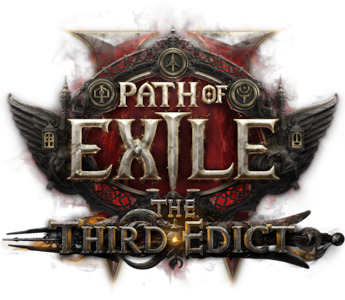



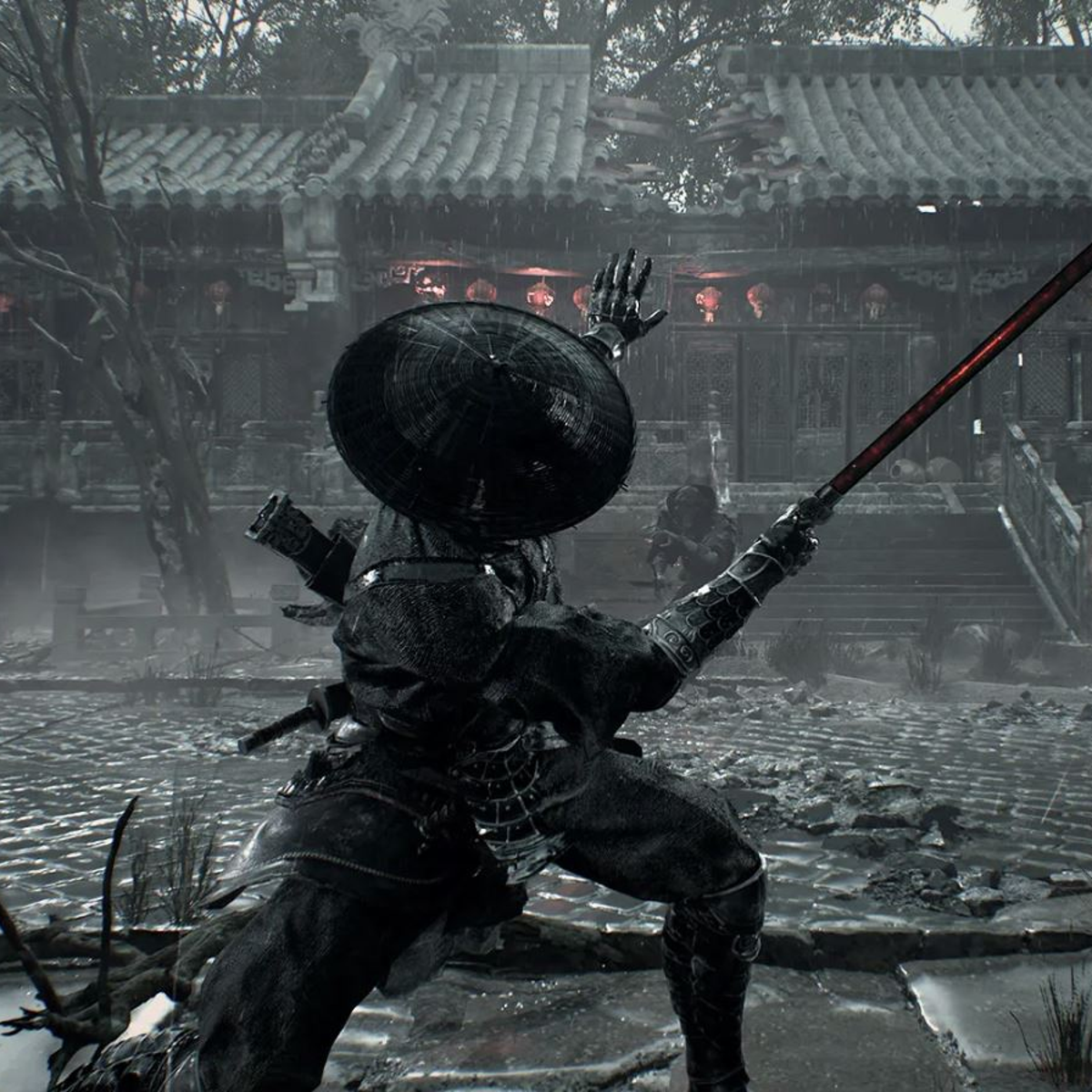
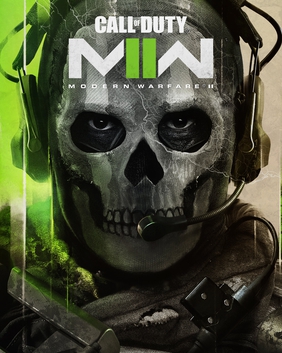
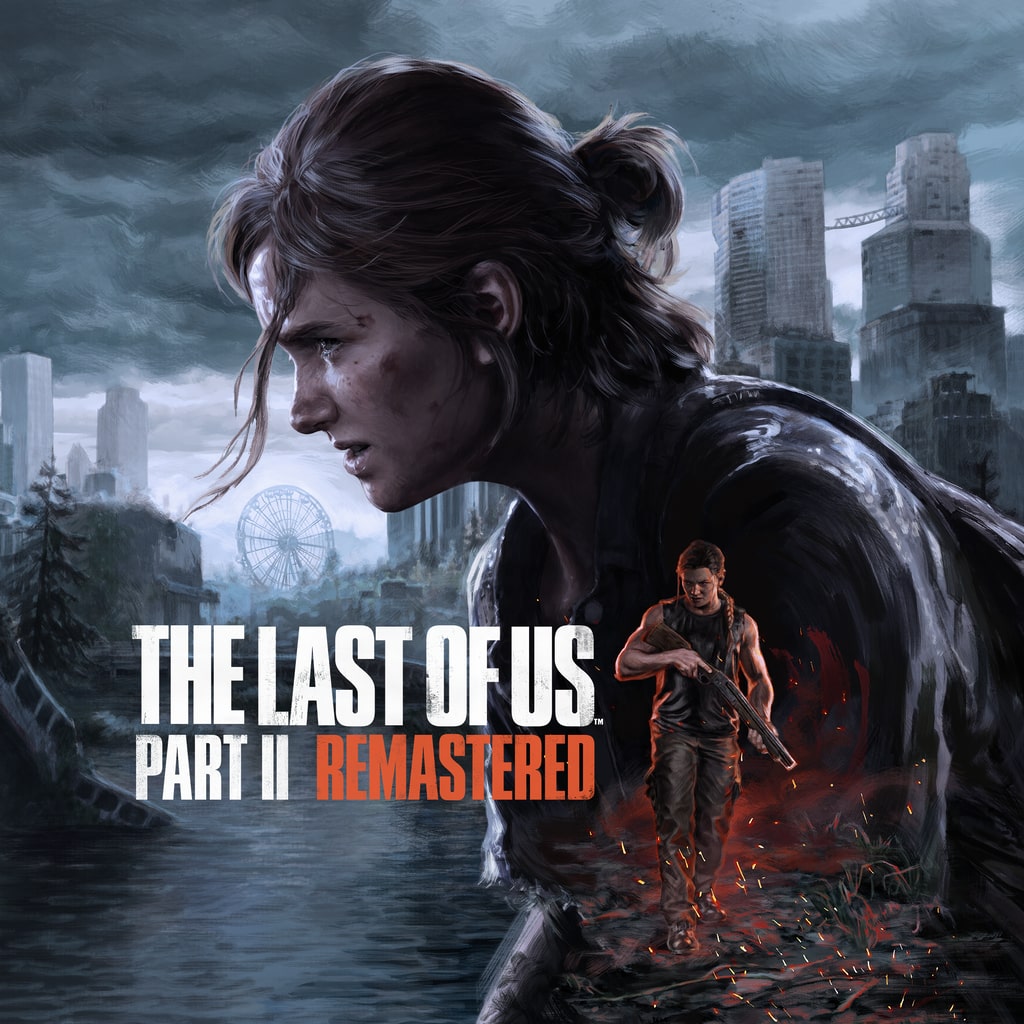
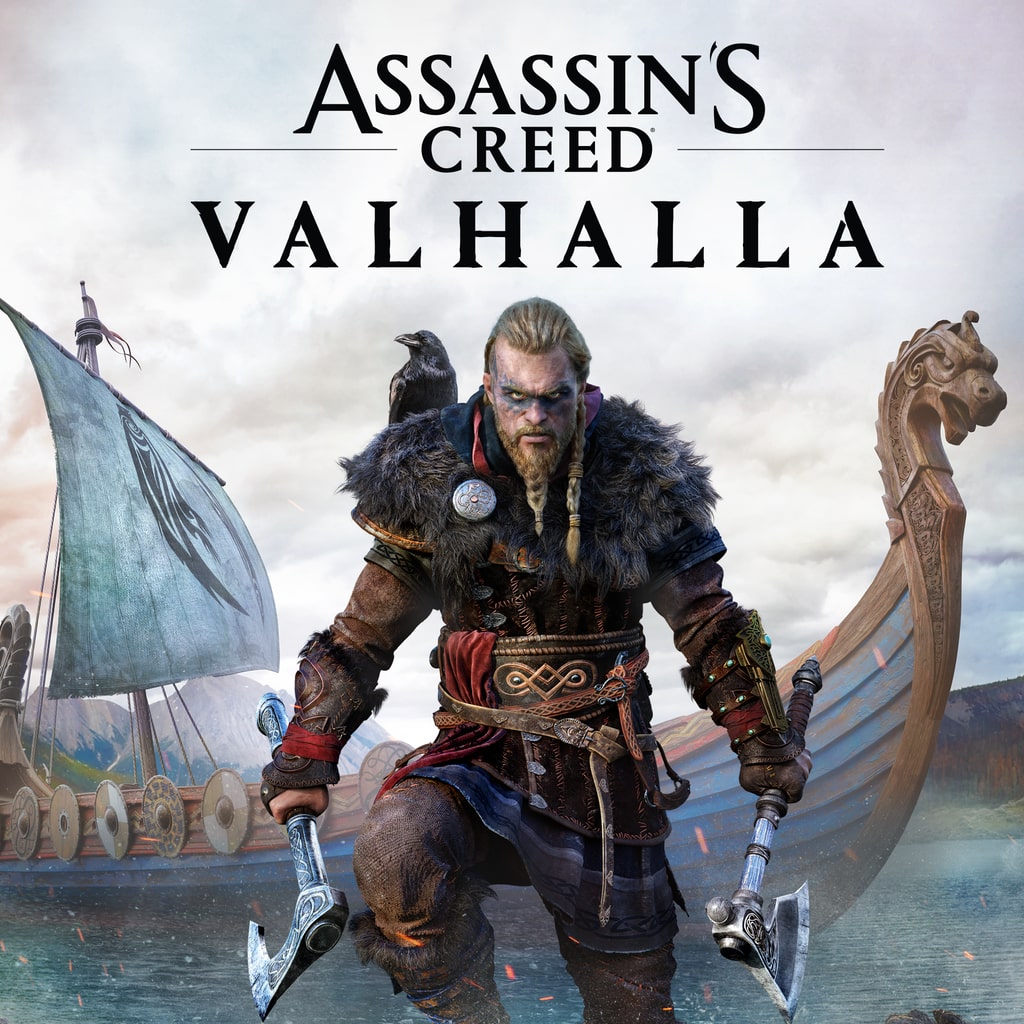
 storefront
storefront























